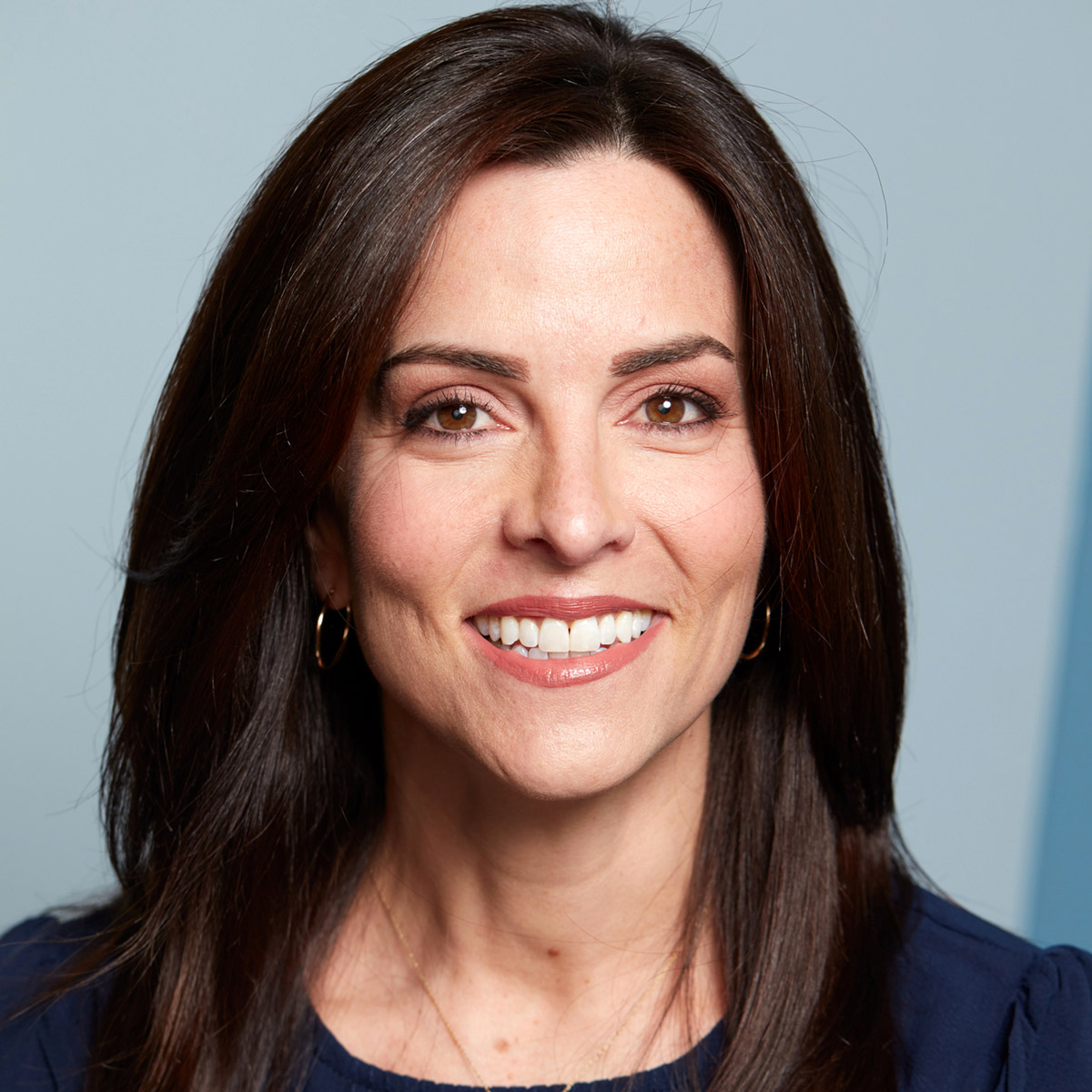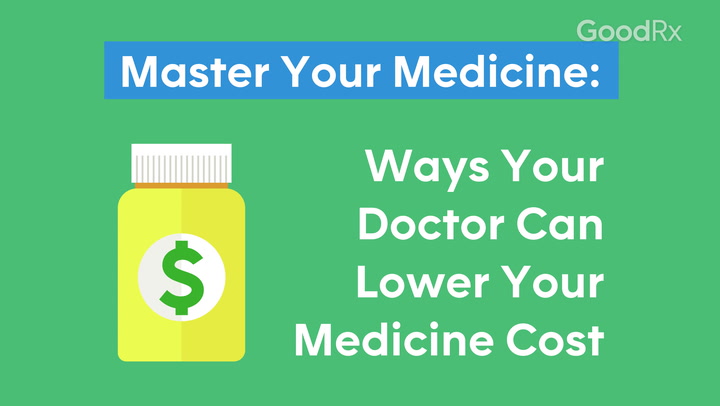
Is Physician-Assisted Death Legal in the U.S.?
Key takeaways:
Physician-assisted death is a controversial topic that has been debated for many years.
It requires a person to self-administer medication to end their life.
Physician-assisted death is different to euthanasia, which is when a healthcare professional administers medication to end a person’s life. Euthanasia is illegal in the U.S.
Physician-assisted death is legal in 10 states and Washington, D.C. More states have legislation pending in 2024.
Table of contents

Physician-assisted death (PAD) is a controversial ethical and moral issue in healthcare. It allows for people with terminal health problems (and who meet certain criteria) to request life-ending (lethal) medication.
People in favor of PAD point out that allowing people to end their lives respects their autonomy and dignity. But those against it believe that this shouldn’t outweigh the ethical principles of medicine. As such, clinicians’ opinions vary on when or if it might be appropriate.
What is physician-assisted death and physician-assisted suicide?
PAD has been referred to as physician-assisted suicide, especially in the medical community in the U.S. However, because of the negative connotations around the word “suicide,” many organizations have chosen to use other terms. Here we’ll use PAD, but other terms used include medical aid in dying (MAiD) and medically assisted death.
How is physician-assisted death different from euthanasia?
The primary difference between PAD and euthanasia is who administers the medication. In PAD, the patient voluntarily self-administers medication. But in euthanasia, the physician administers the lethal medication either with or without the patient’s consent. In all 50 U.S. states, euthanasia is prohibited and considered a homicide.
Death doulas can give you a better death. From spiritual and emotional support to physical comfort and logistics, here’s how a death doula can help.
What does end-of-life care mean? Death is just one day. But it helps to plan for death and the care that you’ll need.
When someone you love chooses to die: Read one person’s journey supporting a relative through medically-assisted death.
States where PAD is legal
In 1997, Oregon became the first state to legalize PAD under its Death With Dignity Act. Under this act, a physician can prescribe lethal medication to patients to self-administer to end their lives. Since then, several other states and regions have enacted their own legislation to legalize PAD:
California (2015)
Colorado (2016)
Hawaii (2018)
Maine (2019)
Montana (2008, PAD is decriminalized but requires a court determination)
New Jersey (2019)
New Mexico (2021)
Vermont (2013)
Washington (2008)
Washington, D.C. (2017)
Currently, PAD is not legal in most other states. Nevada, North Carolina, Utah, and Wyoming have no specific laws on PAD and are unclear on the practice’s legality. The landscape of the legality of assisted death will likely continue to change, as several states plan to address the issue in 2024. Vermont and Oregon are the only states that allow PAD for nonresidents.
Instant Rx savings for insured and uninsured patients
GoodRx for HCPs has savings that can beat insurance copays and reduce your need to complete prior authorizations.

GoodRx is NOT insurance. GoodRx Health information and resources are reviewed by our editorial staff with medical and healthcare policy and pricing experience. See our editorial policy for more detail. We also provide access to services offered by GoodRx and our partners when we think these services might be useful to our visitors. We may receive compensation when a user decides to leverage these services, but making them available does not influence the medical content our editorial staff provides.
Outside the U.S., PAD is legal in some European countries, Canada, and New Zealand.
Reasons for seeking PAD
According to data in the U.S., most people seeking PAD have a diagnosis of cancer (74%). Other diagnoses include:
Neurological disease, such as amyotrophic lateral sclerosis (ALS)
Lung disease
Heart disease
Multifactorial (many reasons)
Aside from the particular diagnosis, people report the following reasons for wanting PAD:
Loss of autonomy (most common)
Loss of dignity
Inability to enjoy life
Inability to control bodily functions
Burden on others
Pain
So despite the common perception that pain is the most important driver, this is not the case.
Who can prescribe PAD?
In states where PAD is legal, a person’s attending physician must prescribe PAD. If the physician is not willing to prescribe PAD, they should assist the patient in transferring records to a new physician that can help them.
Advanced practice registered nurses, nurse practitioners, physician associates, and pharmacists are not authorized to prescribe PAD in most states. The American Nurses Association recommends that nurses do not administer medications to aid in dying but “remain objective when discussing end-of-life options.”
The American Society of Health-System Pharmacists is neutral on PAD. But it recognizes that a pharmacist may refuse to participate in medical aid in dying.
Healthcare professionals’ views on PAD
The views of healthcare professionals on PAD are varied. In a 2018 survey of U.S. physicians, 60% said they thought PAD should be legal. But only 13% agreed that they would offer it to their patients if it were. Only 12% of U.S. medical and surgical professional societies have position statements on the matter.
According to the survey, the biggest obstacle to prescribing PAD was lack of training and expertise. Other reasons they reported included:
Religious or spiritual beliefs
Legal implications or hurdles
Ethical or moral opposition
Regarding ethical issues, clinicians who are well-versed in intensive care (and often end-of-life matters) boil it down to three main questions:
Is death beneficial for some patients?
Is PAD the same as withholding or withdrawing life support measures?
Is it morally acceptable for physicians to cause death?
They have opposing views on each, so it’s not surprising that it’s difficult to reach consensus on the matter. What is surprising, though, is the disconnect between physicians’ perception of why people seek PAD and the actual reason. Almost half of physicians surveyed believe people request PAD because of pain (which is not the case, as noted above).
That said, when physicians do participate in PAD, most report satisfaction with their actions. Most of the surveyed physicians in Colorado with PAD experience reported it was “emotionally fulfilling” and “professionally rewarding.” But it’s important to consider that those who prescribe and support PAD were more likely to complete the survey.
Public views on PAD
Surveys indicate that the general public has higher support for PAD than physicians. For example:
A Gallup poll showed 72% of people in the U.S. believe a physician should be able to assist in death when requested.
In a study of oncology patients, over two-thirds of respondents favored PAD or euthanasia for people with intractable pain.
At least one-third of people even supported euthanasia or assisted death in cases where dementia affected quality of life.
People affected by life-limiting illness are interested in self-determination and control in their final days. And many have support from their loved ones to do so. Families of people who request PAD express positive emotions and acceptance of their loved one’s choice.
On the other hand, opponents of PAD are concerned that legalization undermines the public’s trust in the healthcare profession. About 20% of adults surveyed confirmed that legalizing euthanasia would make them trust their healthcare professional less. Last, most religions oppose the practices of euthanasia and medically assisted death.
History of physician-assisted death
In ancient Greece and Rome, physicians sometimes offered drugs to their patients with the intent to commit suicide. But major religions and the Hippocratic oath condemned the practice of PAD.
In 1870, a nonphysician, Samuel Williams, began the modern debate over PAD when he addressed a group of physicians. He suggested that euthanasia, which he termed “mercy killing,” be considered for cases of untreatable illness.
Public support for euthanasia or PAD varied throughout the 20th century. There was an increase in support during the Great Depression era of the 1930s that then decreased following the atrocities of World War II.
But in the 1980s, pathologist Jacob “Jack” Kevorkian brought PAD back into the national debate. Kevorkian developed a device for people to self-administer a dose of lethal medication. He assisted his first patient in ending her life in 1990. Over the next 8 years, he assisted 130 more patients in dying.
Then, in 1999, Kevorkian distributed a video demonstrating the direct euthanasia of a patient. Following the incident, he was convicted of second-degree murder and sent to prison.
Kevorkian’s colleagues filed suit against the New York attorney general, arguing that prohibiting PAD violated the Equal Protection Clause of the 14th Amendment. They pointed out that the right to refuse treatment is equivalent to the right to end one’s life.
Throughout the following years, several landmark cases occurred, leading to Supreme Court rulings on PAD. In the 1997 Vacco v. Quill case, the Supreme Court ruled that there’s no constitutionally protected right to die. The decision on the legality of PAD was left to the states to determine. Also in 1997, the Supreme Court ruled in the Washington v. Glucksberg case that physicians are not protected under the Due Process Clause to aid patients in dying.
Resources
In response to legalization of PAD, many healthcare systems have started “Death with Dignity” centers. Here people can learn more about their options and receive the supportive care they’re seeking. But resources vary by location. Asking someone on your healthcare team to point you in the right direction is a good place to start.
There isn’t a list of participating healthcare professionals publicly available. But organizations like Death with Dignity and Compassion & Care provide end-of-life resources and helpful information on their websites. Resources are also available for healthcare professionals.
For additional resources or to connect with mental health services in your area, call SAMHSA’s National Helpline at 1-800-662-4357. For immediate assistance, call the National Suicide Prevention Lifeline at 988, or text HOME to 741-741 to reach the Crisis Text Line.
The bottom line
Physician-assisted death remains controversial. Public support for PAD shows that people want to make their own end-of-life decisions. But physicians have reservations about being the ones to write the prescription.
PAD is currently legal in 10 states and Washington, D.C., with pending legislation in several states. It’s important for clinicians to be familiar with their state’s legislation in order to support their patients in their end-of-life decisions.
If you or a loved one are considering physician-assisted death, know that resources are available to help inform your decision.
Why trust our experts?


References
American Nurses Association. (2019). The nurse’s role when a patient requests medical aid in dying.
American Society of Health-System Pharmacists. (n.d.). Board report on the joint council task force on pharmacist participation in medical aid in dying.
BMC Medical Ethics. (n.d.). Positions on PAS and euthanasia of US medical and surgical specialty societies with position statements.
Brenan, M. (2018). Americans’ strong support for euthanasia persists. Gallup.
British Medical Association. (2021). Physician-assisted dying legislation around the world.
Campbell, E. G., et al. (2022). Physicians’ attitudes and experiences with medical aid in dying in Colorado: A "hidden population" survey. Journal of General Internal Medicine.
Collins, T. (2023). Crossing state lines for assisted suicide: Vermont law opens doors to nonresidents. USA Today.
Compassion & Choices. (n.d.). Medical aid in dying is not assisted suicide, suicide or euthanasia.
Death with Dignity. (2021). Frequently asked questions.
Dowbiggin, A. (2005). A concise history of euthanasia: Life, death, God, and medicine. Rowman & Littlefield Publishers.
Dugdale, L. S., et al. (2019). Pros and cons of physician aid in dying. The Yale Journal of Biology and Medicine.
Emanuel, E. J. (1994). The history of euthanasia debates in the United States and Britain. Annals of Internal Medicine.
Emanuel, E. J., et al. (1996). Euthanasia and physician-assisted suicide: Attitudes and experiences of oncology patients, oncologists, and the public. The Lancet.
Emanuel, E. J., et al. (2003). Assisted suicide and euthanasia. Holland-Frei Cancer Medicine.
Emanuel, E. J., et al. (2016). Attitudes and practices of euthanasia and physician-assisted suicide in the United States, Canada, and Europe. JAMA.
FindLaw. (2023). ‘Death with dignity’ laws by state.
Fitzpatrick, B. T., et al. (n.d.). Interpretation & debate: The equal protection clause. National Constitution Center.
Ganzini, L., et al. (2009). Mental health outcomes of family members of Oregonians who request physician aid in dying. Journal of Pain and Symptom Management.
Goligher, E. C., et al. (2017). Physician-assisted suicide and euthanasia in the ICU: A dialogue on core ethical issues. Critical Care Medicine.
Hall, M., et al. (2005). The impact on patient trust of legalising physician aid in dying. Journal of Medical Ethics.
Hetzler, P. T., et al. (2019). A report of physicians’ beliefs about physician-assisted suicide: A national study. The Yale Journal of Biology and Medicine.
Kozlov, E., et al. (2022). Aggregating 23 years of data on medical aid in dying in the United States. Journal of the American Geriatrics Society.
Legal Information Institute. (1997). Dennis C. Vacco, attorney general of New York, et al., petitioners v. Timothy E. Quill et al. Cornell Law School.
Loggers, E. T., et al. (2013). Implementing a death with dignity program at a comprehensive cancer center.
Mangino, D. R., et al. (2021). Assessing public’s attitudes towards euthanasia and assisted suicide of persons with dementia based on their advance request: An experimental survey of US public. The American Journal of Geriatric Psychiatry.
Miles, S. E. (2004). The oath. The Hippocratic Oath and the Ethics of Medicine. Oxford University Press.
Oregon Health Authority. (n.d.). Oregon’s Death with Dignity Act.
ProCon/Encyclopaedia Britannica. (2018). Religious perspectives on euthanasia and medical aid in dying (MAID).
ProCon/Encyclopaedia Britannica. (2023). States with legal medical aid in dying (MAID).
Traina, C. L. H. (1998). Religious perspectives on assisted suicide. The Journal of Criminal Law and Criminology.
U.S. Supreme Court Center. (1997). Washington v. Glucksberg, 521 U.S. 702. Justia.
Washington State Department of Health. (2020). Death with dignity (aid-in-dying): Role of the nurse.

























